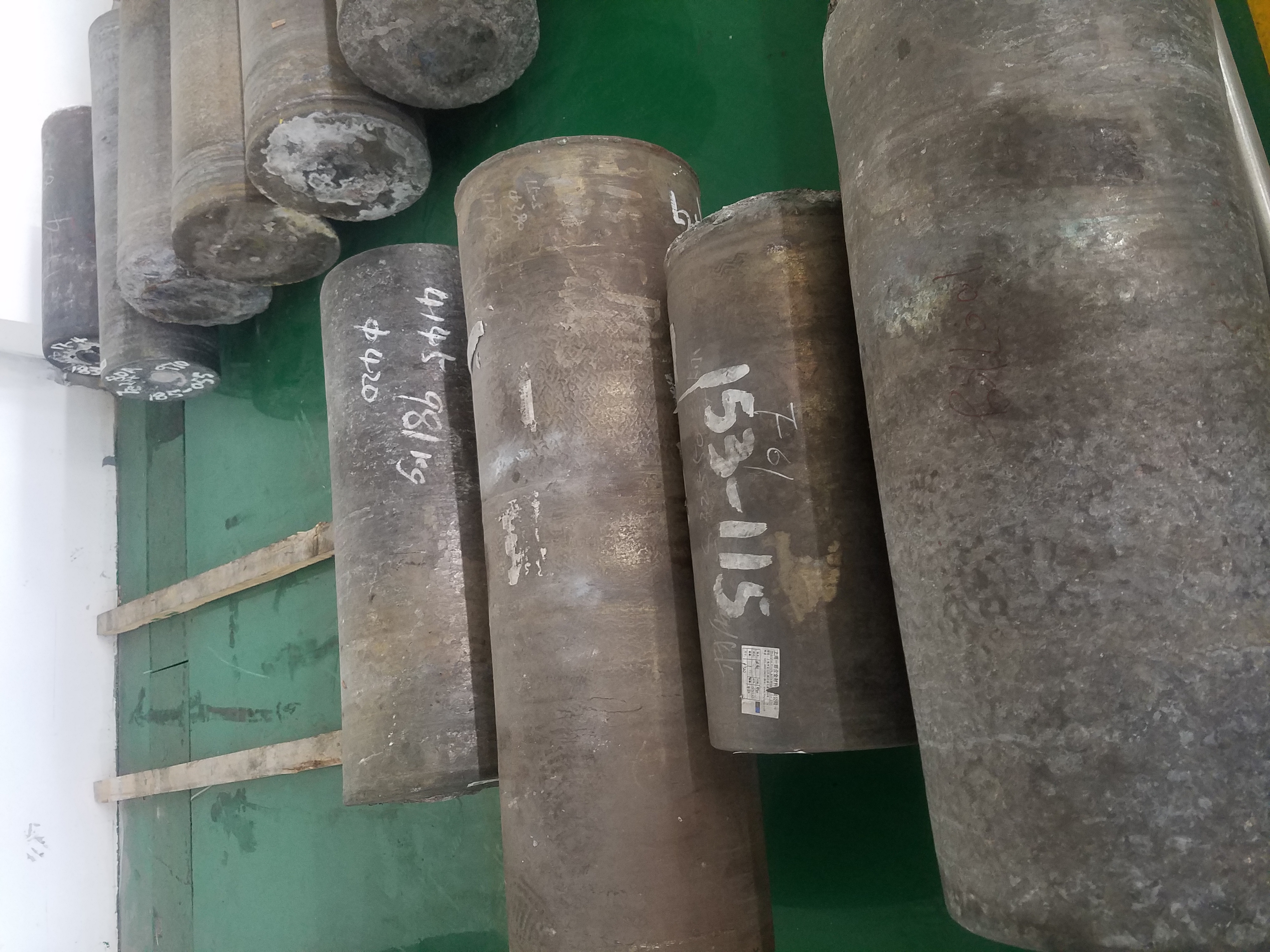Hot die forging and isothermal forging are commonly used metal processing methods in modern industrial production, especially in the field of aerospace engines. The emergence of hot die forging and isothermal forging allows metals to maintain excellent processing performance and mechanical properties at high temperatures. This article will give you a detailed introduction to the process principles of hot die forging and isothermal forging, as well as their application in aerospace engine manufacturing.
Hot die forging refers to a forging process in which the die temperature is 200-400°C lower than the hot blank temperature. Compared with ordinary die forging, hot die forging can reduce the impact of the die on the hot blank, thereby avoiding the adverse effects of thermal processing on the mechanical properties. . Hot die forging usually uses nickel-based high-temperature alloys as die materials because of their excellent mechanical properties at high temperatures. The use of hot die forging can greatly improve the quality and efficiency of thermal processing. It was once used in the production of T700 engine turbine disks, but due to high cost, it is no longer widely used.
Isothermal forging refers to a forging process in which the mold and forging are at the same temperature and the deformation rate is very low. Isothermal forging can significantly reduce deformation resistance, improve process plasticity, and avoid the appearance of coarse grains or mixed grain areas in the cold mold area, thus significantly improving the quality of forgings. At the same time, isothermal forging can also perform precision die forging, saving expensive high-temperature alloy raw materials and machining costs. However, the cost of isothermal forging itself is high. To achieve isothermal forging of high-temperature alloys, high-temperature molds are required, and such mold materials are expensive. At present, molybdenum-based alloy TZM is commonly used as isothermal forging mold material in foreign countries. However, since molybdenum-based alloy is not resistant to oxidation, the mold must be isothermally forged in a vacuum, which results in high equipment costs and high investment costs.
In view of the current situation that high-temperature die isothermal forging cannot be used in China, the China Institute of Materials Science has developed a new type of isothermal forging die material DM02 alloy. The tensile and compressive strength of DM02 alloy at 1050-1100℃ are higher than that of K21 alloy. The durability performance at 1100℃ is about 40% higher than that of K21 alloy. The hot and cold fatigue life at 1050℃ is 2-5 times that of K21 alloy. The static anti-oxidation performance at 1050℃/100h is better than that of K21 alloy, reaching the complete anti-oxidation level. DM02 alloy is a mold material suitable for use in the atmosphere between 1050 and 1100°C. Its use temperature is about 50°C higher than that of K21 alloy, which will promote the practical application of powder high-temperature alloys in my country.
Tianjin Anton Metal Manufacture Co., Ltd. is a company specializing in the production of various nickel-based alloys, Hastelloy alloys and high-temperature alloy materials. The company was established in 1989 with a registered capital of 10.0 million, specializing in the production and sales of alloy materials. Anton Metal’s products are widely used in aerospace, chemical industry, electric power, automobile, nuclear energy and other fields, and can also provide customized alloy material solutions according to customer needs. If you need to know the price consultation of alloy materials or provide customized alloy material solutions, please feel free to contact the sales staff.
==========================================
www.antonmetal.com
ANTON METAL| Your specialty alloys manufacturer
Email: dominic@antonmetal.com
Phone: +8613132148618(wechat/whatsapp)
Post time: Dec-11-2023











